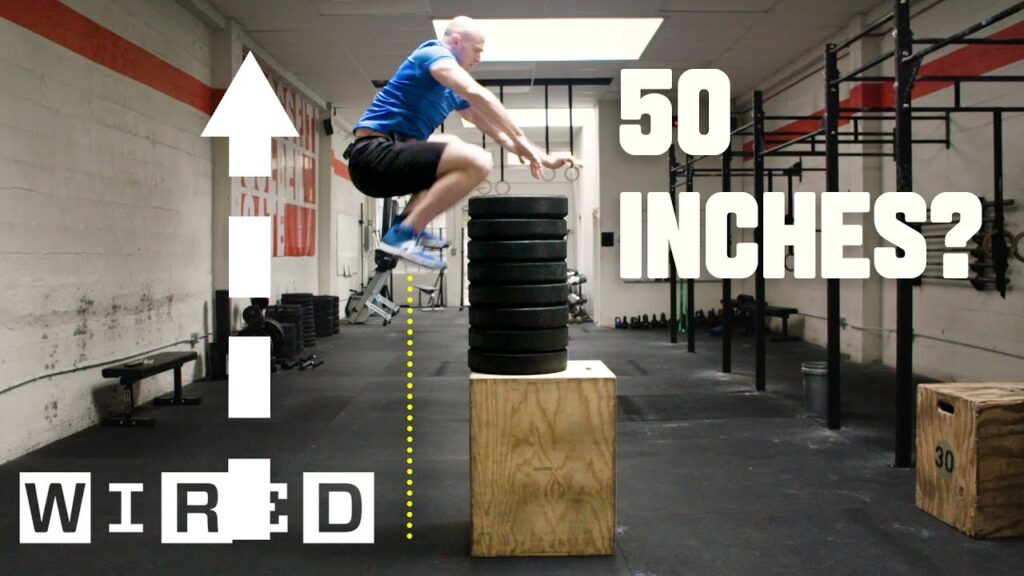AI Space Factory: 3D Printing Homes on Earth and Mars
Summary
In this article, we explore the innovative use of 3D printing technology to build structures on Earth and Mars. AI Space Factory has developed a unique design for building homes on Mars using a robot that can 3D print with materials found on the Martian surface. They have also designed a similar structure for Earth, called Terra, which will be available for occupancy next year. The 3D printer used for these structures is similar to a desktop printer, but it is scaled up and can operate in extreme environments.
Table of Contents
- 3D Printing Structures for Space Exploration
- Building on Earth: Sustainable and Natural Materials
- Challenges and Solutions
- Terra: The Upcoming Project
- The Future of 3D Printed Architecture
3D Printing Structures for Space Exploration
AI Space Factory is a company that specializes in 3D printing structures for space exploration. The company has developed a unique design for building a home on Mars using a robot that can 3D print with materials found on the Martian surface. This is a cost-effective solution that eliminates the need to launch materials from Earth. The structures have an egg shape, which is optimized for the structural forces on Mars, and are built vertically to contain the internal atmosphere. The printer works by printing layer by layer, using materials that come out in a molten form and then cool and harden.
Building on Earth: Sustainable and Natural Materials
The speaker discusses the use of 3D printing technology to build structures on Earth and Mars. They explain that a digital model is used to create a language that the robot understands, and the technology allows for the use of natural materials. The process of building on Earth is more sustainable, as materials can be gathered on-site. However, challenges such as rain and snow must be considered. The buildings created using this technology will look different from traditional structures.
Challenges and Solutions
The time it takes to build a structure varies depending on the environment, with Mars taking longer due to extreme temperature swings and the need to collect materials. The process of harvesting natural materials and turning them into a feasible building material is still being developed. The speaker suggests that scavenging and using waste materials, such as plastic, could be a potential solution.
Terra: The Upcoming Project
The upcoming project, Terra, will use 50% recycled materials and will be available for occupancy next year. The interviewee explains that their strategy for building houses with robots is to connect various robotic systems, including an industrial robot for 3D printing and a turntable for spinning the print while printing the Terra. They also use a forklift to reach up to 24 feet high. This approach allows for mobility solutions that can reach all parts of the building, making it possible to build structures of any size.
The Future of 3D Printed Architecture
The interviewee acknowledges that 3D printed architecture is still in its early stages and will take time to mature, but it is a necessary technology for building sustainable structures for growing populations and rapid urbanization. They also mention that they have over 300 people signed up to stay in the Terra, and they are already talking with a customer who wants to build their own. The interviewee believes that the people interested in this technology are linked together by a greater mission of finding more sustainable ways to build structures.
Conclusion
AI Space Factory’s innovative use of 3D printing technology for building structures on Earth and Mars is a cost-effective and sustainable solution. The use of natural materials and the ability to gather them on-site is a game-changer for the construction industry. As this technology continues to mature, it will become an essential tool for building sustainable structures for growing populations and rapid urbanization.






